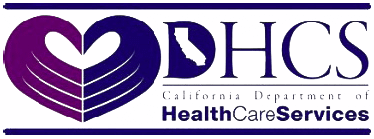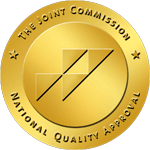Stimulant Abuse and Addiction
Description: Stimulants are an overarching phrase that includes many drugs including those that boost the central nervous system and body activity, pleasurable and vigorous drugs, or have sympathomimetic effects. Stimulants are helpful in treating various medical conditions such as ADHD, narcolepsy, asthma, obesity, and depression.
Stimulant abuse may occur through a variety of techniques: oral ingestion, insufflation, smoking, or even dissolving and injecting, depending on the type. In addition to the onset and severity of impacts, the path of administration will determine the medical hazards, including the danger of developing an addiction. Examples of different stimulants include cocaine, crack cocaine, methamphetamine, amphetamine salts (Adderall®), dextroamphetamine (Dexedrine®), methylphenidate (Ritalin® or Concerta®).
Effects: Stimulant effects can range from short-term energy boosts to long-term alterations in the brain and/or injury to the organ system. In extreme cases, the harm may be long-lasting, but any quantity of stimulant abuse may lead to issues with psychosis, rage, paranoia, heart, nerve, and belly, including overdose.
Common side effects include:
- Improved attention
- Increased energy/social ability and self-esteem
- Intense feelings of happiness
- Increased breathing
- Increased blood sugar
- Increase of blood pressure and heart rate
- Decreased blood flow
Stimulant Abuse and Addiction Information:
- The number of emergency department visits involving legal stimulants more than quadrupled in the past five years.
- More than 360,000 people received treatment for a stimulant addiction in the past 2016.
- In recent years, the number of individuals reporting non-medical stimulant use, including meth, has been greater than ever before.


